|
Advertisement
|
Layli goobalay

DescriptionA mancala game from Somalia. From Mancala World: "Layli Goobalay (literally: "closing the holes") is a mancala game played in Somalia. The board is dug in the ground and the pieces are dry camel dung called salo. Slightly different variants of the same game exist, among them a more simple game, which is promoted by the Somali ethnomathematician Jama Musse Jama in Italy. The following rules were observed in 1931 by G. Marin in the area of Berbera, Somaliland, where it was (and probably still is) a favorite pastime of the Isaaq clan. "Layli Goobalay is played on a board that consists of two parallel rows of 12 holes on each side. A player controls the 12 holes on his side of the board. [Holes all start with 4 seeds each.] Each move a player empties the contents of one of his holes that is not an uur and distributes one ball in each of the following holes in a clockwise direction (as observed by G. Marin). If the last ball is dropped in an occupied hole, the player takes its contents, including the last dropped ball, and continues to distribute the balls in a clockwise direction. The move ends if the last ball is dropped in an empty hole. If the last ball is dropped into an empty hole on the player's own side, he captures this last ball together with the contents of the opposite hole if it contains one, two, four or more balls. A move which captures nothing is called abar ("famine"). If the opposite hole contains three balls, one of these is put into the hole in which the last ball was dropped, so that each hole has two balls. These two holes now form an uur ("pregnant"), and both are owned to their creator. An uur may never be emptied by either player. Balls must be added to an Uur during the normal course of distribution. However, if the last ball is dropped into an uur, the move ends. The game is over when one player has no legal move left. Each side then counts the balls he has captured together with the balls in his uurs and any balls remaining on his side of the board outside of uurs. Sometimes towards the end of the game the balls continue to circulate in a repeating pattern. Then the remaining balls are divided between both players as in Oware. The player who captures most balls wins." Variant: There is a similar game played on a 2x6 board in the south of Somalia, which is always played counterclockwise. It has special rules for matches that were first described on wikimanqala: Game DiscussionsAdd CommentYou need to be logged in to comment. Insert Bullet List Please enter at least one item. Item: Item: Item: Item: Item: Insert Numeric List Please enter at least one item. Item: Item: Item: Item: Item: Insert Link Please enter the link of the website Optionally you can add display text Insert Email Please enter the email address Optionally add any display text Insert Image Please enter the link of the image Insert YouTube Video Please enter the link of the video MarketplaceNo listings at the moment. Do you own this game? Click here to list it for sale.
|
Best Sellers
Board Games
|
||||
Latest Searches: life game | Nerf Kronos | super+deluxe+quintillions | Disney+inside+out+board+game | Dealer mcdop3 | Blaze+preschool+game+with+chairs | descen journeys in the dark | sex games | Partiu | Labyrinth Game | disneyland+themes+parks+monopoly | Transformers studio series | Parkardy | Beyblade Metal Fury Hyper Strike Battle Set | Jamaican monopoly | the great dalmuni | dungeon+degenerates | Duluth opoly | truth+or+dare+jenga | monopoly socialism | wood checkers | Insructions+and+rules | Archangel+marvel+legends | Talisman+Batman+Super-Villains+Edition | Maryville-opoly | Glory and Gold | monopoly+queen | rack-o+rules | samurai+blades | Fast slingpurk
All Rights Reserved

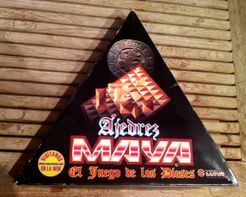
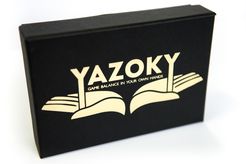
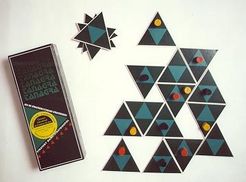
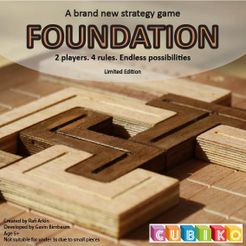

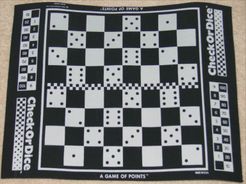


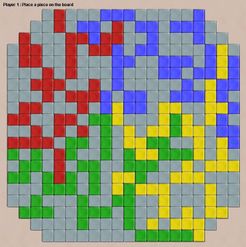
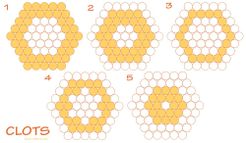
Comments (0)